Le geofite primaverili
Snowdrops, crocuses, squill and columbines: Spring sentinels in the forest (i.e. the Spring geophytes)
by Davide Ubaldi
Why do early spring geophytes make so much of a sensation? Obviously only for lovers of nature and walks in natural environments. This morning I met one, not a geophyte but a naturalist, also because we were in the city, where spontaneous and enthusiastic precocious geophytes aren’t to be found. The lady, my friend, told me that in the mountains the snowdrops had bloomed a few days earlier (the meeting took place on April 1, but the news is not a joke). A month ago, however, there were some in wet and humid parts of the hill, my friend adds, almost astonished by the great climatic difference between hill and mountain underlined by the different times of awakening. But it was always like that... I manage to say. People like the snowdrop and all its other springtime friends, because they announce the return of the warm season, the light and the heat rejoice, serotonin starts to circulate again. Unfortunately, they do not last long, but it's better this way because, if they lasted, they would perhaps intrigue less and it would diminish their value. The aforementioned beautiful group is, as you know, crocuses, squill, columbines and gageas, just to mention the most fascinating or unusual. Especially the crocuses in the pastures, and the snowdrops and the columbines in the shade, as they grow in droves and stand out against the background of the still dormant vegetation, which increases the contrast of colours and our enthusiasm. The crocuses, as I said, have a separate environment, but occasionally even grow in the woods, if sparse and affected by grazing. In some parts of Europe, they are plants of continental plain forests, as a group of Italian botanists on tour in Croatia was well aware. And that crocus is of the same species, at least apparently. The Italian botanists were disappointed to see it, because they thought they knew everything about the ecology of that plant, and our neighbours were surprised when they were told that in the Apennines it is a mountain prairie plant. The snowdrop group of geophytes loves the shade of the forest and requires very fertile and fresh soils, while generally rocky or stony, but with abundant interstitial humus. These common environmental preferences bring these plants to live together, so they are an example of an ecological group. An ecological group of rather narrow valence, I would say, as can also be seen on the ground considering the frequency of encounters, for example in beech woods: in some places they are present, in many others they are not. Simultaneously, these species also belong to another group that was considered differently, a group from the point of view of geographical distribution. This is the group of Central European species and, if you wish to specify, you can add it to Eastern gravitation. Is there a connection between the ecological needs of plants and geographical distribution? Intuitively, yes, even if there are other different factors for geographical distribution. I almost forgot about the yellow anemone, that can be included in the group of the early nemorite geophytes, although, and the squill also does something similar, one can also find it near the crocuses in the prairies. What happens to the crocus, which is not included the previous group? Leaving aside the fact that in some areas it is almost a forest, this plant is part of a prairie ecological-geographical group, obviously, the group of species characteristic of the great complex of the central-southern Europe grasslands. Geophites, ecological groups, Central European species are all useful for botanists to generate scientific concepts and knowledge, but as for all these wonderful plants, in a forest and a prairie which still looks like winter, they seem to be telling us: we are here too.... spring has begun!!!
Photos: Snowdrop by Matteo Perini (above), Crocuses by Giordano Giacomini (below).

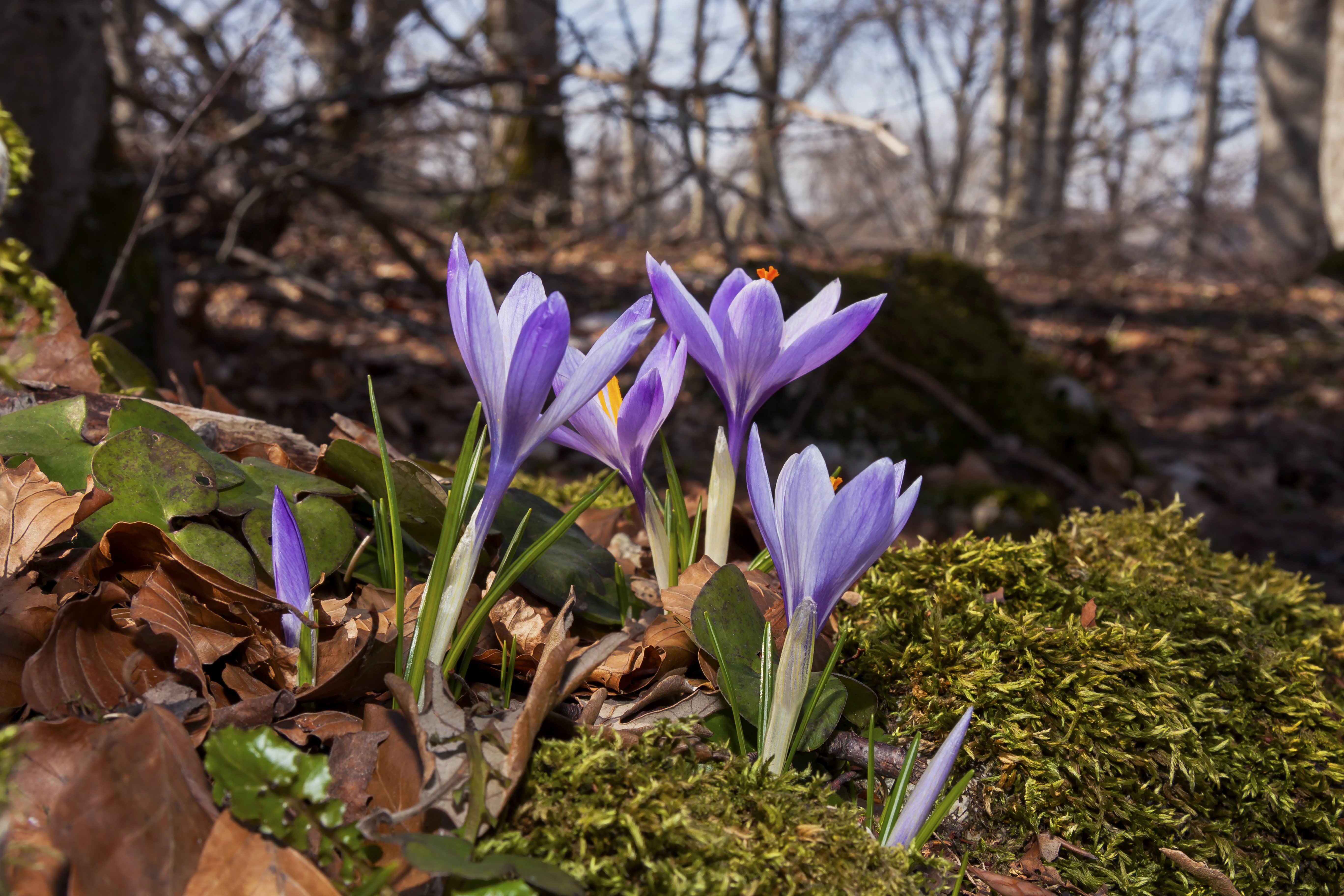

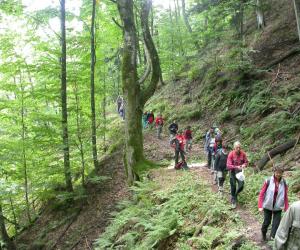

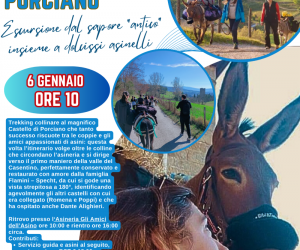
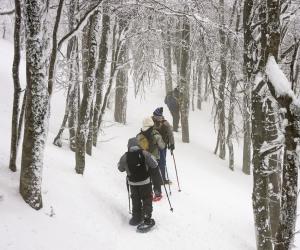





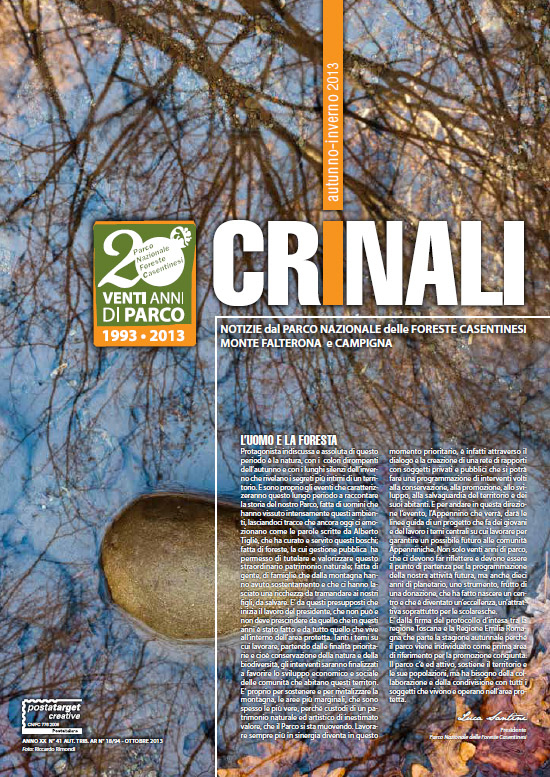
 Integra Solutions
Integra Solutions